Home>Garden Essentials>How Long Does It Take For A Jalapeno Seed To Sprout
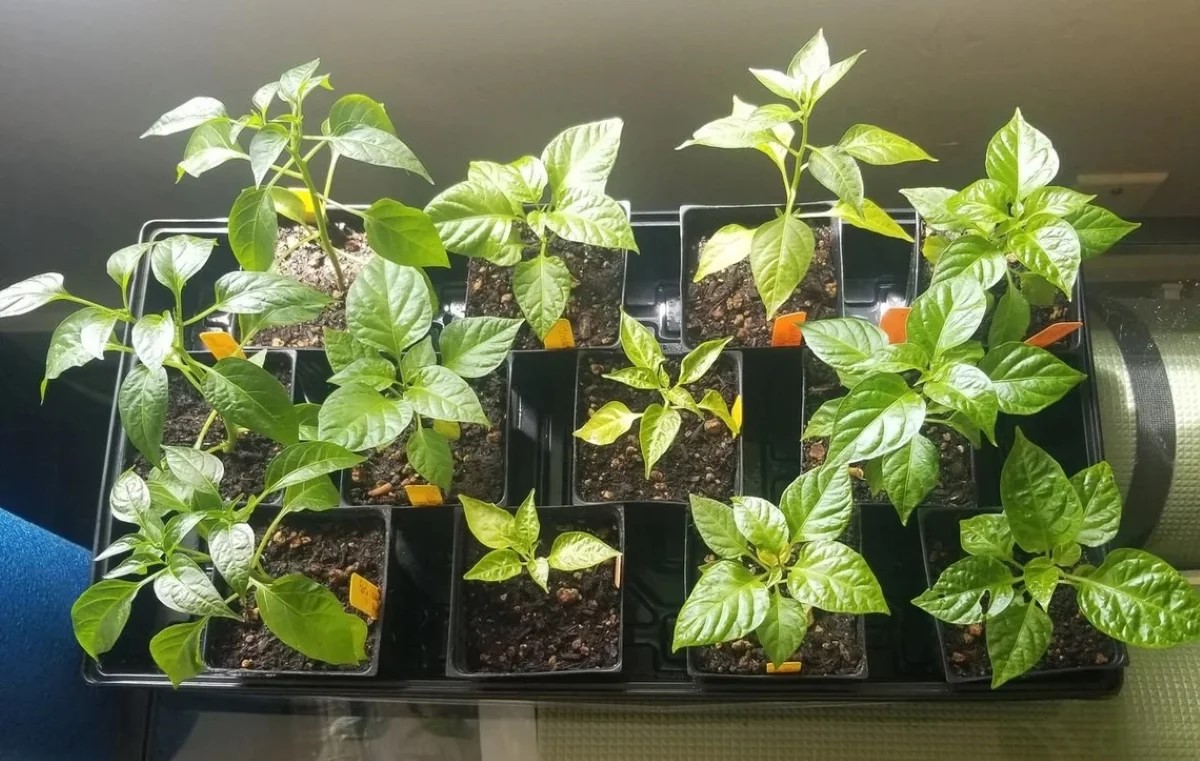

Garden Essentials
How Long Does It Take For A Jalapeno Seed To Sprout
Modified: May 6, 2024
Discover how long it takes for a jalapeno seed to sprout in your garden, and learn essential tips for successful germination.
(Many of the links in this article redirect to a specific reviewed product. Your purchase of these products through affiliate links helps to generate commission for Storables.com, at no extra cost. Learn more)
Introduction
Gardening enthusiasts often enjoy the satisfaction of growing their own plants from seeds. Jalapeno peppers are a popular choice for home cultivation, thanks to their spicy flavor and versatility in different cuisines. If you’re eager to start your own jalapeno plant, you may be wondering how long it takes for a jalapeno seed to sprout. In this article, we will explore the factors that influence jalapeno seed germination, the optimal conditions for sprouting, and the steps to successfully sprout jalapeno seeds.
Before we delve into the specifics, it’s important to understand that the germination time for jalapeno seeds can vary depending on several factors. These factors include the freshness of the seeds, environmental conditions, and cultivation techniques. By understanding these factors and providing the right conditions, you can maximize the chances of successful germination and ensure a healthy start for your jalapeno plants.
So, let’s dive in and discover the fascinating journey of a jalapeno seed, from planting to sprouting!
Key Takeaways:
- Jalapeno seeds can take 7 to 14 days to sprout, but factors like seed quality, temperature, and moisture can affect the germination time. Providing optimal conditions and being patient are key to successful sprouting.
- To sprout jalapeno seeds, choose high-quality seeds, maintain proper moisture and temperature, and ensure sufficient darkness during germination. Avoid common mistakes like overwatering and insufficient light for healthy seedling growth.
Read more: How Long Does A Seed Take To Sprout
Factors Affecting Jalapeno Seed Germination
Several factors can influence the germination of jalapeno seeds. Understanding these factors will help you create an ideal environment for successful sprouting. Let’s take a closer look at these influential factors:
- Seed Quality: The quality of the jalapeno seeds plays a crucial role in germination. Fresh, healthy seeds will have a higher germination rate compared to old or damaged seeds. Therefore, it’s essential to obtain high-quality seeds from a reputable source.
- Temperature: Jalapeno seeds require warm soil temperatures to germinate. The optimal temperature range for germination is between 70-85°F (21-29°C). Cooler temperatures can delay germination, while excessively high temperatures can hinder or even inhibit seed sprouting. Using a seed starting heat mat can help maintain the necessary warmth.
- Moisture: Adequate moisture is vital for jalapeno seed germination. Sufficient moisture allows the seeds to swell and initiate the sprouting process. However, excessive moisture can lead to rot or fungal diseases. It’s crucial to maintain a balance by providing enough water without overwatering the seeds.
- Light: Jalapeno seeds do not require light to germinate, as they sprout best in darkness. However, once the seeds have germinated and the seedlings emerge, they need ample light to grow into healthy plants. Placing the seedlings under grow lights or in a well-lit area will provide the necessary light for optimal growth.
- Seed Depth: Planting jalapeno seeds at the correct depth is essential for successful germination. The general rule of thumb is to plant the seeds at a depth of about 1/4 to 1/2 inch (6-12 mm) in well-draining soil. Planting too shallow or too deep can affect the sprouting process.
By considering these factors and making any necessary adjustments, you can create the ideal conditions for jalapeno seed germination. This will greatly increase the chances of successful sprouting and ultimately ensure healthy jalapeno plants for your garden or indoor space.
Germination Time for Jalapeno Seeds
The germination time for jalapeno seeds can vary and may take anywhere from 7 to 14 days on average. However, it’s important to note that germination times can be influenced by various factors, including seed quality, environmental conditions, and cultivation techniques. Factors such as temperature, moisture, and light can significantly impact the speed at which jalapeno seeds sprout.
Under optimal conditions, where temperature, moisture, and light are well-regulated, jalapeno seeds can germinate within the lower end of the time frame, around 7 to 10 days. Higher temperatures, within the ideal range of 80-85°F (27-29°C), can expedite the germination process. However, it’s essential to strike a balance and avoid exposing the seeds to excessively high temperatures, as this can inhibit germination.
It’s worth mentioning that individual seeds within a batch may also have slightly different germination times. Some seeds may sprout earlier, while others may take a bit longer. Therefore, it’s important to be patient and give the seeds ample time to germinate.
Furthermore, it’s vital to maintain consistent moisture levels during the germination period. The soil should be evenly moist but not soaking wet. Dry or waterlogged conditions can hinder germination and delay the sprouting process. Regularly check the moisture levels of the soil and provide water as needed to ensure a favorable environment for germination.
It’s important to note that jalapeno seeds will not germinate in complete darkness, so avoid burying them too deeply. A light covering of soil or vermiculite should suffice to provide the necessary darkness for germination. Once the seedlings emerge, they will require adequate light to continue their growth.
Remember, germination times can vary, and factors such as seed quality, temperature, moisture, and light are all important considerations. By providing optimal conditions and being patient, you can maximize the chances of successful jalapeno seed germination.
Optimal Conditions for Jalapeno Seed Germination
To ensure successful germination of jalapeno seeds, it is crucial to create the optimal conditions for sprouting. By considering the following factors and providing the right environment, you can greatly increase the chances of seed germination:
- Temperature: Jalapeno seeds prefer warm soil temperatures for germination. The optimal temperature range is between 70-85°F (21-29°C). Using a seed starting heat mat can help maintain the desired warmth. Avoid exposing the seeds to extreme temperature fluctuations as this can hinder germination.
- Moisture: Adequate moisture is essential for jalapeno seed germination. The soil should be kept consistently moist, but not waterlogged. Start by thoroughly moistening the soil before planting the seeds. Check the moisture level regularly and water as needed to maintain appropriate soil moisture. Mist the soil surface gently or cover with a plastic dome to retain moisture during the germination process.
- Light: Jalapeno seeds do not require light to germinate and actually prefer darkness during this stage. Plant the seeds at the recommended depth of about 1/4 to 1/2 inch (6-12 mm) and cover them lightly with soil or vermiculite. Once the seedlings emerge, they will require ample light for healthy growth. Place the sprouted seedlings in a well-lit area or under grow lights, providing a minimum of 12 hours of light per day.
- Air Circulation: Good air circulation is important for preventing fungal diseases and promoting healthy seedlings. Ensure proper ventilation by using a gentle fan in the vicinity of the seedlings. This will help strengthen the plants and prevent damp conditions that can lead to mold or damping-off.
- Well-Draining Soil: Jalapeno seeds require well-draining soil to prevent waterlogged conditions that can impede germination. Use a lightweight, well-draining seed-starting mix that allows excess water to drain away easily. Avoid heavy soils or those that retain excess moisture.
By providing the optimal conditions of temperature, moisture, light, air circulation, and well-draining soil, you can create a favorable environment for jalapeno seed germination. Remember to monitor the conditions regularly and make any necessary adjustments to ensure the best possible outcome.
Jalapeno seeds typically take 7-10 days to sprout when planted in well-draining soil and kept in a warm, sunny location. Keep the soil consistently moist but not waterlogged to help the seeds germinate.
Steps to Sprout Jalapeno Seeds
Successfully sprouting jalapeno seeds requires proper preparation and care. Follow these steps to increase your chances of germination:
- Choose High-Quality Seeds: Start by selecting fresh, high-quality jalapeno seeds from a reputable source. Ensure that the seeds are not expired or damaged.
- Prepare the Planting Containers: Fill small pots or seed trays with a well-draining seed-starting mix. Moisten the soil until it is evenly damp but not waterlogged.
- Sow the Seeds: Plant the jalapeno seeds at a depth of about 1/4 to 1/2 inch (6-12 mm) in the prepared soil. Space the seeds at least 2 inches (5 cm) apart to allow room for growth. Lightly cover the seeds with soil or vermiculite.
- Create Ideal Germination Conditions: Place the planting containers in a warm area with consistent temperatures between 70-85°F (21-29°C). Use a seed starting heat mat if necessary to maintain the desired warmth.
- Maintain Moisture: Keep the soil consistently moist but not waterlogged. Check the moisture levels regularly and water gently as needed to keep the soil damp. Avoid overwatering, as it can lead to rot or fungal diseases.
- Provide Darkness: Jalapeno seeds prefer darkness during the germination process. Cover the planting containers with a plastic dome or plastic wrap to create a mini greenhouse effect that helps retain moisture and darkness. Remove the cover once the seedlings start to emerge.
- Ensure Sufficient Light: Once the seedlings emerge, they require ample light for healthy growth. Place the containers in a well-lit area or under grow lights. Provide at least 12 hours of light per day to promote strong and vigorous growth.
- Care for Seedlings: As the seedlings grow, continue to keep the soil moist but not waterlogged. Avoid over-fertilizing, as this can harm the young plants. Once the seedlings have developed a few sets of true leaves, you can transplant them into larger pots or your garden.
- Monitor and Nurture: Keep a close eye on the seedlings, checking for any signs of pests, diseases, or nutrient deficiencies. Provide adequate airflow and maintain proper temperature and humidity levels to ensure their healthy development.
By following these steps and providing the necessary care, you can successfully sprout jalapeno seeds and watch them grow into strong and productive plants. Happy jalapeno gardening!
Read more: How Long Does It Take Chia Seeds To Sprout
Common Mistakes in Jalapeno Seed Sprouting
When sprouting jalapeno seeds, it’s important to avoid common mistakes that can hinder germination and affect the overall success of your plants. By being aware of these potential pitfalls, you can increase your chances of successful seed sprouting. Here are some common mistakes to avoid:
- Using Old or Poor-Quality Seeds: Using expired or low-quality jalapeno seeds can significantly reduce germination rates. Always choose fresh, high-quality seeds from a reputable source to maximize your chances of successful sprouting.
- Overwatering: Excessive watering can lead to waterlogged soil, which can suffocate the seeds and promote fungal diseases. It’s important to maintain moderate soil moisture by watering when the top inch of soil feels dry, rather than on a fixed schedule.
- Planting Seeds too Deep: Planting jalapeno seeds too deep in the soil can delay or inhibit their germination. Be sure to follow the recommended depth of about 1/4 to 1/2 inch (6-12 mm) when sowing your seeds.
- Insufficient Light: While jalapeno seeds prefer darkness during germination, once the seedlings emerge, they require ample light for healthy growth. Inadequate light can result in weak and leggy seedlings. Ensure they receive at least 12 hours of bright light per day or use grow lights if natural light is limited.
- Inconsistent Temperatures: Fluctuating temperatures can impede seed germination. It’s crucial to provide stable and consistent temperatures within the optimal range of 70-85°F (21-29°C). Avoid exposing the seeds to extreme temperature variations.
- Insufficient Air Circulation: Poor air circulation can create a damp and humid environment, facilitating the growth of fungal diseases. It’s important to provide gentle airflow around the seedlings, either by using a fan or ensuring proper ventilation in the growing area.
- Overcrowding: Planting jalapeno seeds too close together can lead to competition for resources and hinder healthy growth. Space the seeds at least 2 inches (5 cm) apart to give each seedling sufficient room to develop.
- Improper Soil Choice: Using heavy or poorly draining soil can lead to waterlogged conditions, which can inhibit seed germination. Opt for a well-draining seed-starting mix that allows excess water to flow through easily.
By avoiding these common mistakes and implementing best practices, you can increase your chances of successful jalapeno seed sprouting. Taking care to provide the ideal growing conditions and attentive nurturing will help ensure healthy and thriving jalapeno plants in your garden or indoor space.
Troubleshooting Guide for Slow Germination
If you’re experiencing slow germination of your jalapeno seeds, don’t worry – there are several potential reasons for this delay, and most issues can be addressed with some simple troubleshooting. Here’s a guide to help you identify and overcome the obstacles to successful sprouting:
- Temperature: Check if the temperature is within the optimal range of 70-85°F (21-29°C). If it’s too cool, consider using a seed starting heat mat to provide the necessary warmth for germination.
- Seed Quality: Evaluate the quality of your seeds. If you suspect they are old or of poor quality, it’s best to start with fresh seeds from a reliable source.
- Moisture: Assess the moisture levels of the soil. It’s important to keep the soil consistently moist but not waterlogged. Avoid overwatering, as this can lead to rot. Ensure you are providing adequate water by moistening the soil thoroughly and checking it regularly.
- Light: Ensure that you are providing the right conditions for darkness during the germination period. Cover the seeds lightly with soil or vermiculite to create the necessary darkness. Once the seedlings emerge, make sure they receive sufficient light for healthy growth.
- Air Circulation: Verify that there is proper air circulation around the seedlings. Lack of airflow can create a damp environment and contribute to slow germination or fungal issues. Consider using a gentle fan or improving ventilation in the growing area.
- Seed Depth: Double-check the depth at which you planted the seeds. If they were buried too deeply, they may be struggling to emerge. Gently uncover any buried seeds to allow them better access to moisture and darkness.
- Patience: Remember that germination times can vary, even under optimal conditions. Some seeds may take longer to sprout than others. Exercise patience and continue to provide the ideal conditions for germination.
- Environmental Factors: Assess any potential environmental factors that may be affecting germination, such as drafts, temperature fluctuations, or exposure to direct sunlight. Ensure a stable and consistent environment for the seeds.
By troubleshooting these potential issues and making the necessary adjustments, you can help stimulate germination and promote a successful outcome. Remember, gardening requires patience and attentiveness, so keep monitoring the progress of your seeds and make the necessary modifications along the way.
Conclusion
Congratulations! You’ve learned about the intriguing journey of jalapeno seeds, from planting to sprouting. Understanding the factors that affect jalapeno seed germination and implementing the optimal conditions can greatly increase your chances of success. By avoiding common mistakes and troubleshooting slow germination, you can ensure a healthy start for your jalapeno plants.
Remember, start with high-quality seeds, provide the ideal temperature range of 70-85°F (21-29°C), maintain proper moisture levels, and offer sufficient darkness during germination. Once the seedlings emerge, provide them with ample light to promote healthy growth. Avoid overcrowding, ensure proper air circulation, and use well-draining soil for optimal results.
If you encounter slow germination, review the troubleshooting guide to identify and address any issues. Keep in mind that germination times can vary, so exercise patience and maintain the ideal conditions. With proper care and attention, you’ll witness the magic of sprouting jalapeno seeds as they transform into robust plants.
Now that you have the knowledge and tools to sprout jalapeno seeds successfully, it’s time to apply your skills and enjoy the delights of growing your own jalapeno peppers. Whether you’re starting a jalapeno garden at home or in a small space, the satisfaction of nurturing and harvesting your own spicy peppers will surely add a tasty and rewarding experience to your gardening journey.
So roll up your sleeves, gather your jalapeno seeds, and get ready to embark on a journey that will fill your garden or indoor space with vibrant jalapeno plants and add a spicy kick to your culinary adventures!
Now that you've mastered sprouting jalapeno seeds, why not expand your green thumb adventures? Dive into vegetable gardening with our comprehensive guide. You'll find practical advice for growing a lush, productive vegetable garden from scratch. Whether you're aiming to cultivate tomatoes, carrots, or an array of herbs, this detailed resource covers all bases. So, roll up your sleeves and let's turn that patch of dirt into a bounty of fresh veggies!
Frequently Asked Questions about How Long Does It Take For A Jalapeno Seed To Sprout
Was this page helpful?
At Storables.com, we guarantee accurate and reliable information. Our content, validated by Expert Board Contributors, is crafted following stringent Editorial Policies. We're committed to providing you with well-researched, expert-backed insights for all your informational needs.
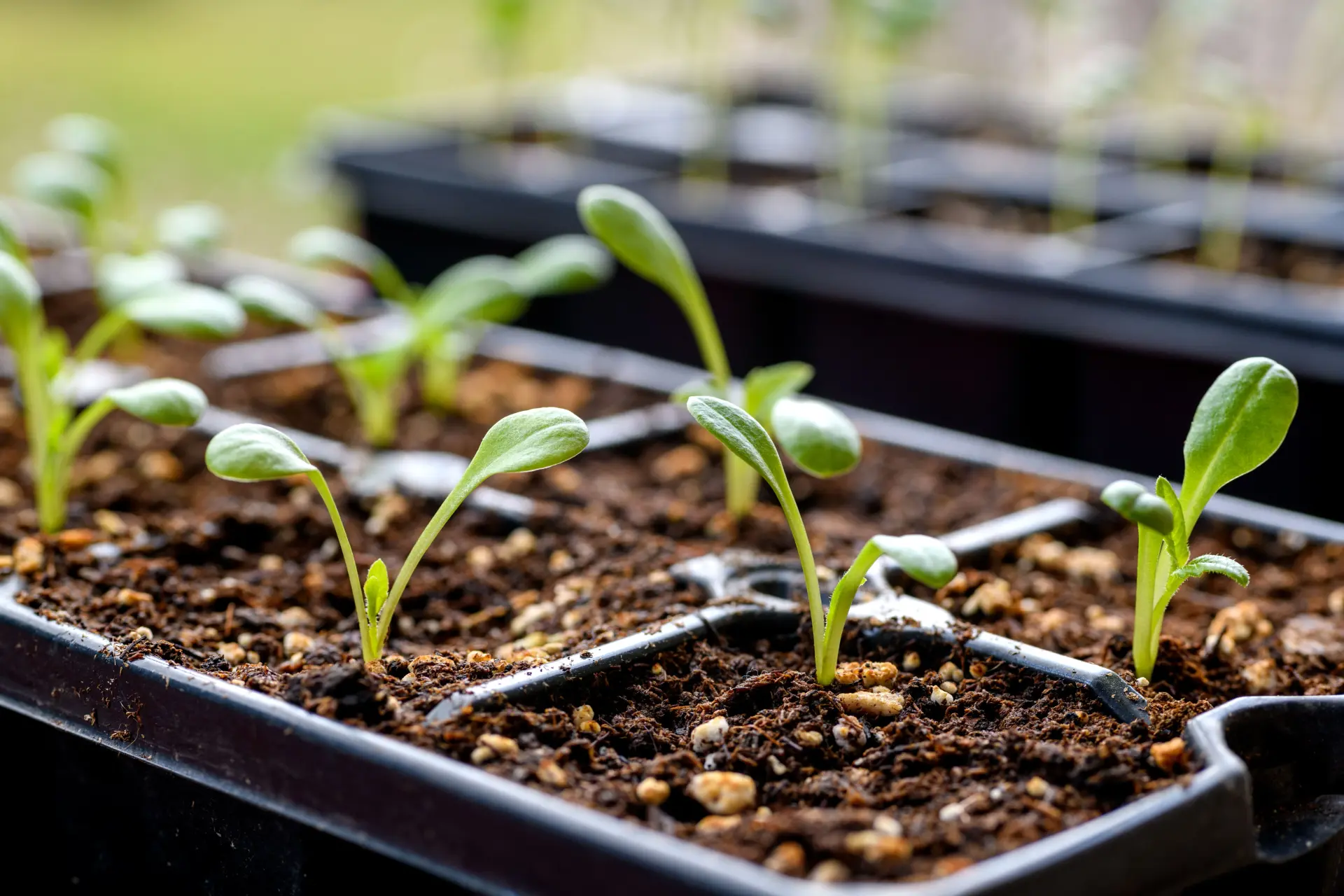
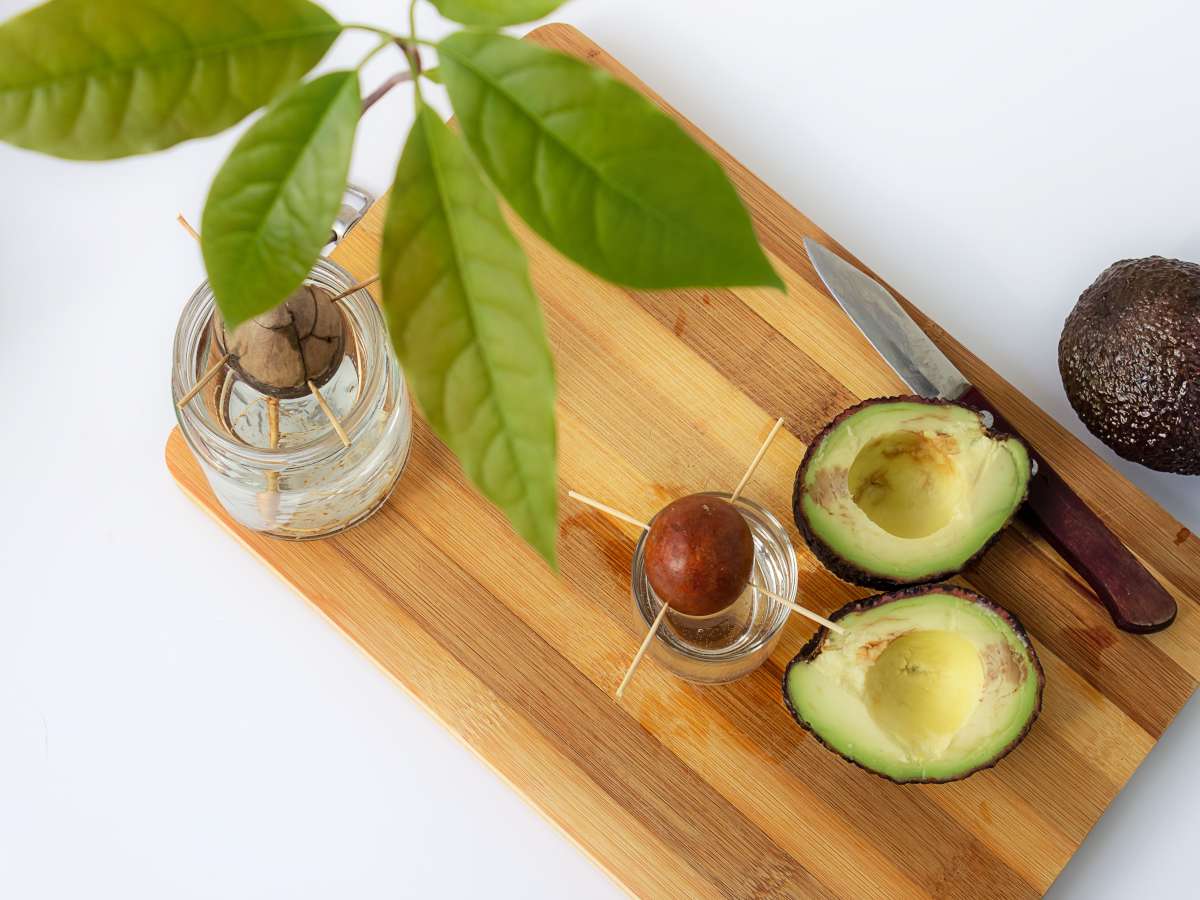
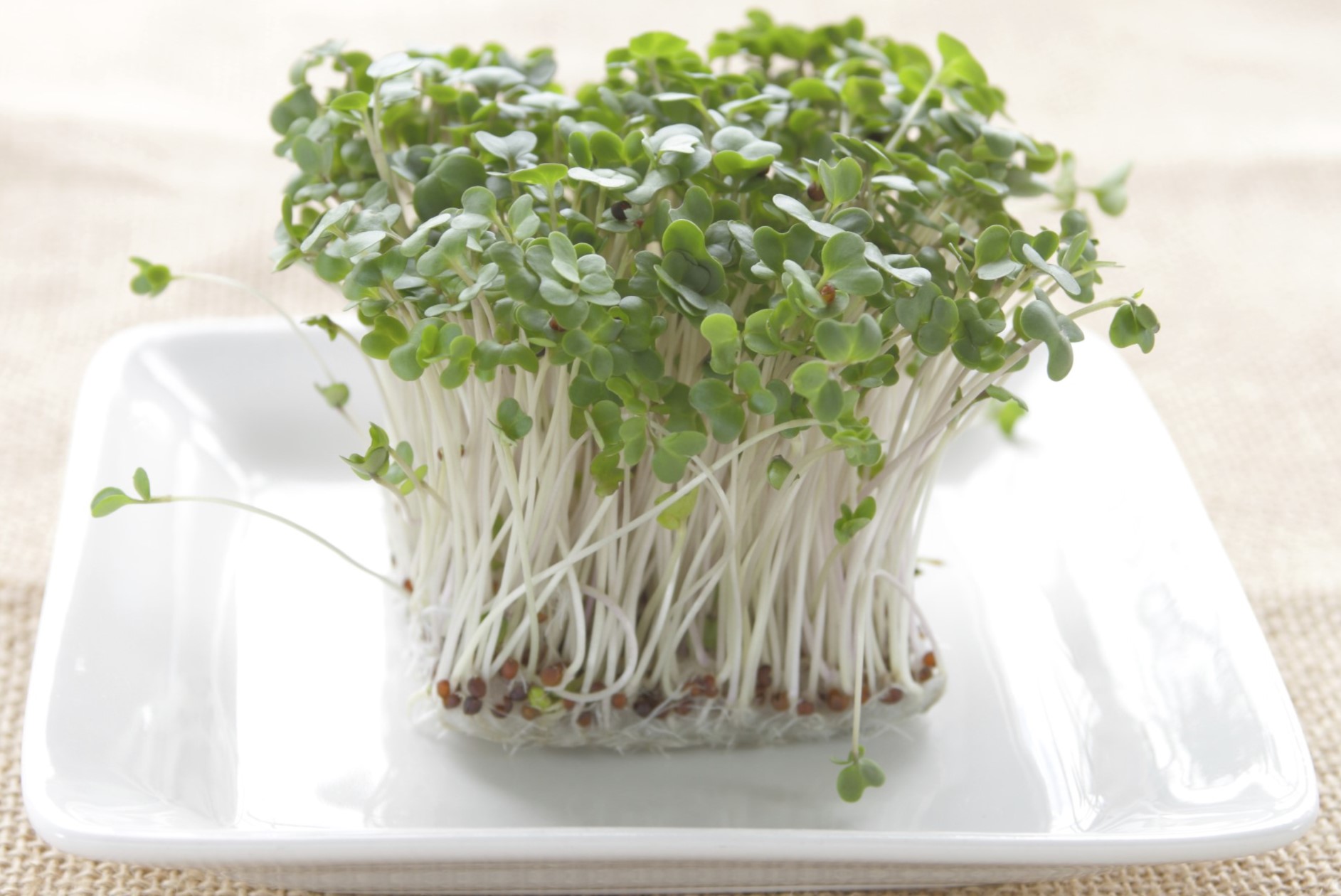
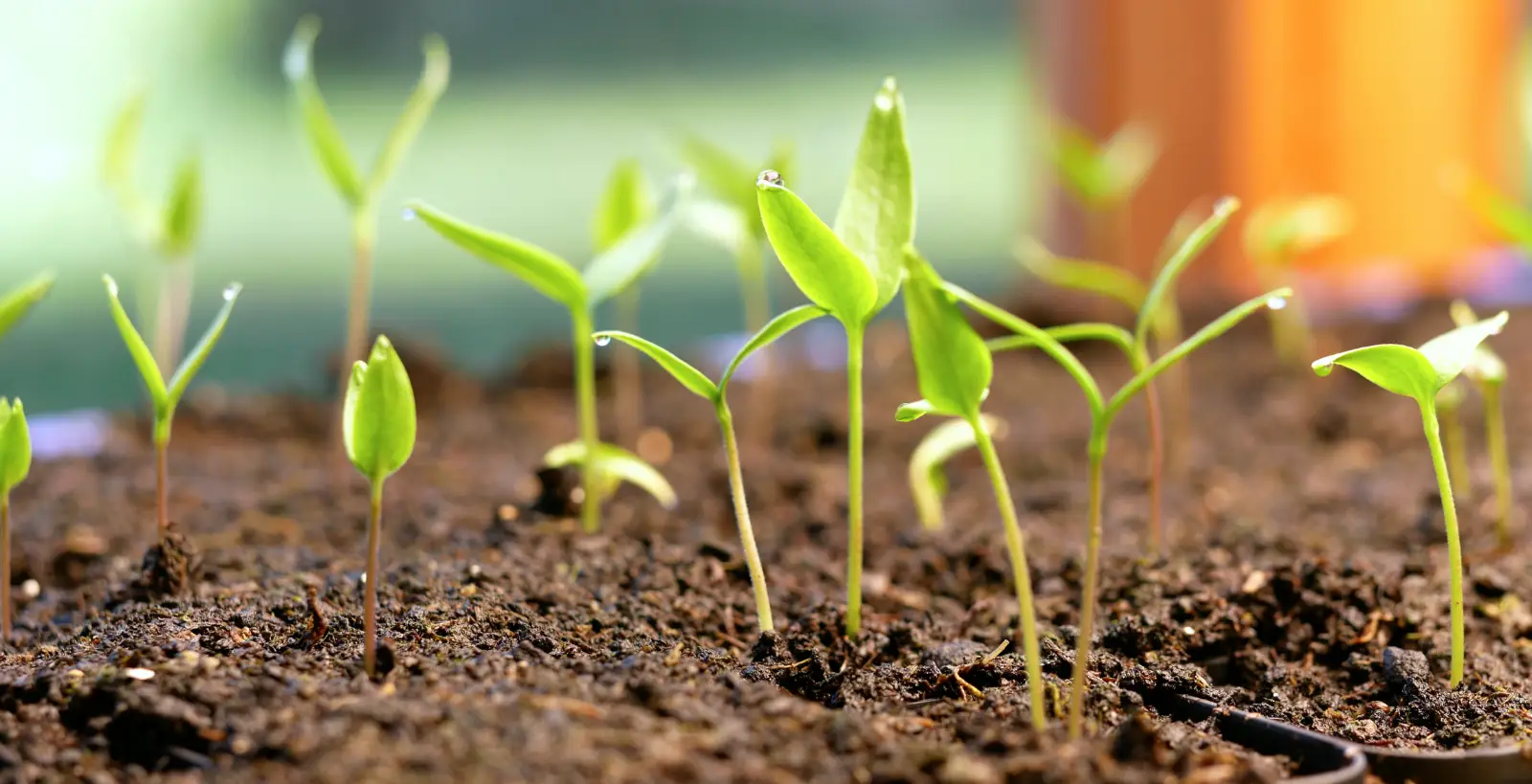
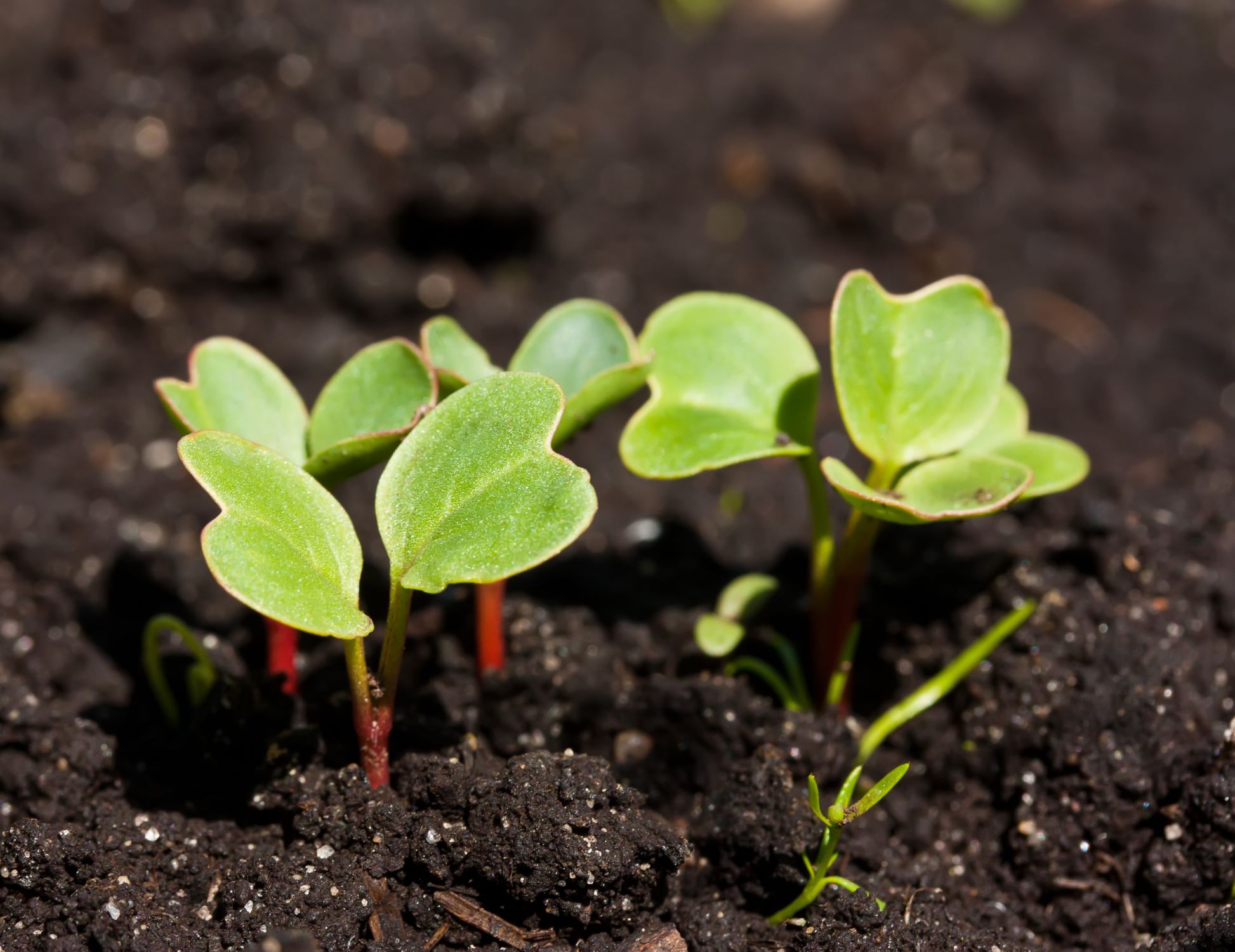
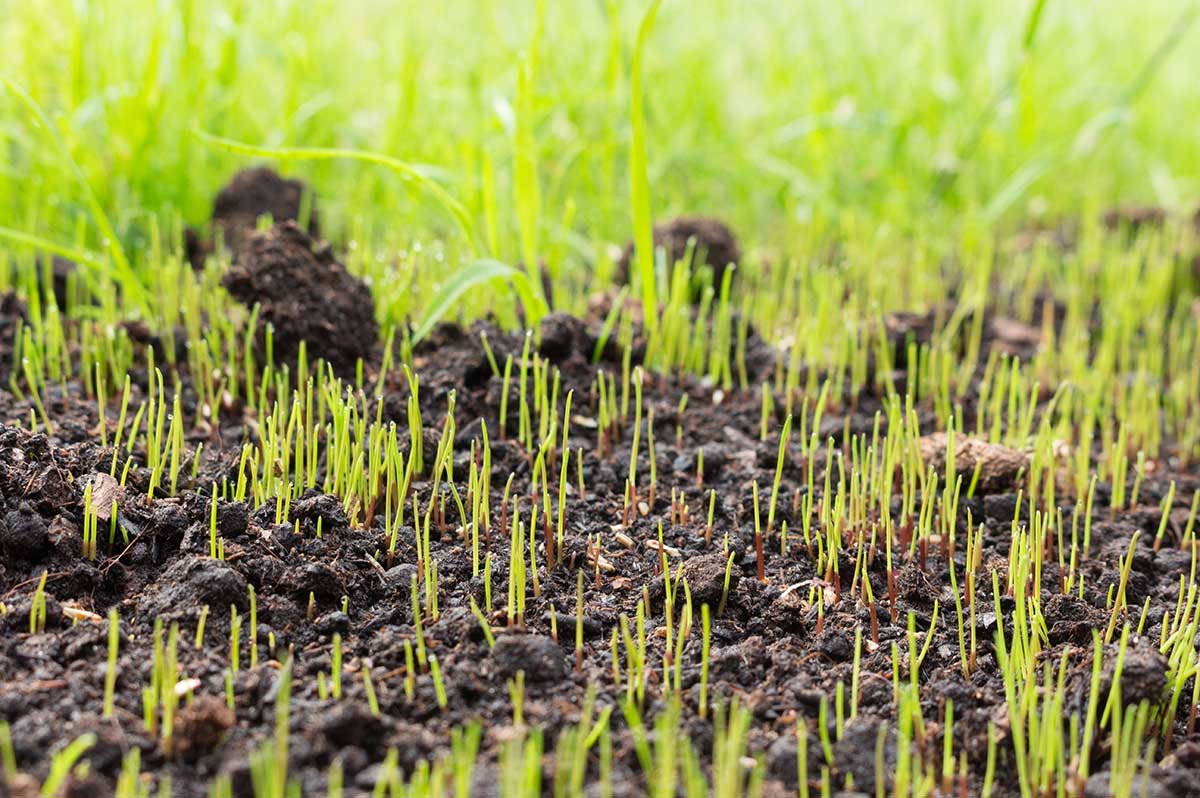
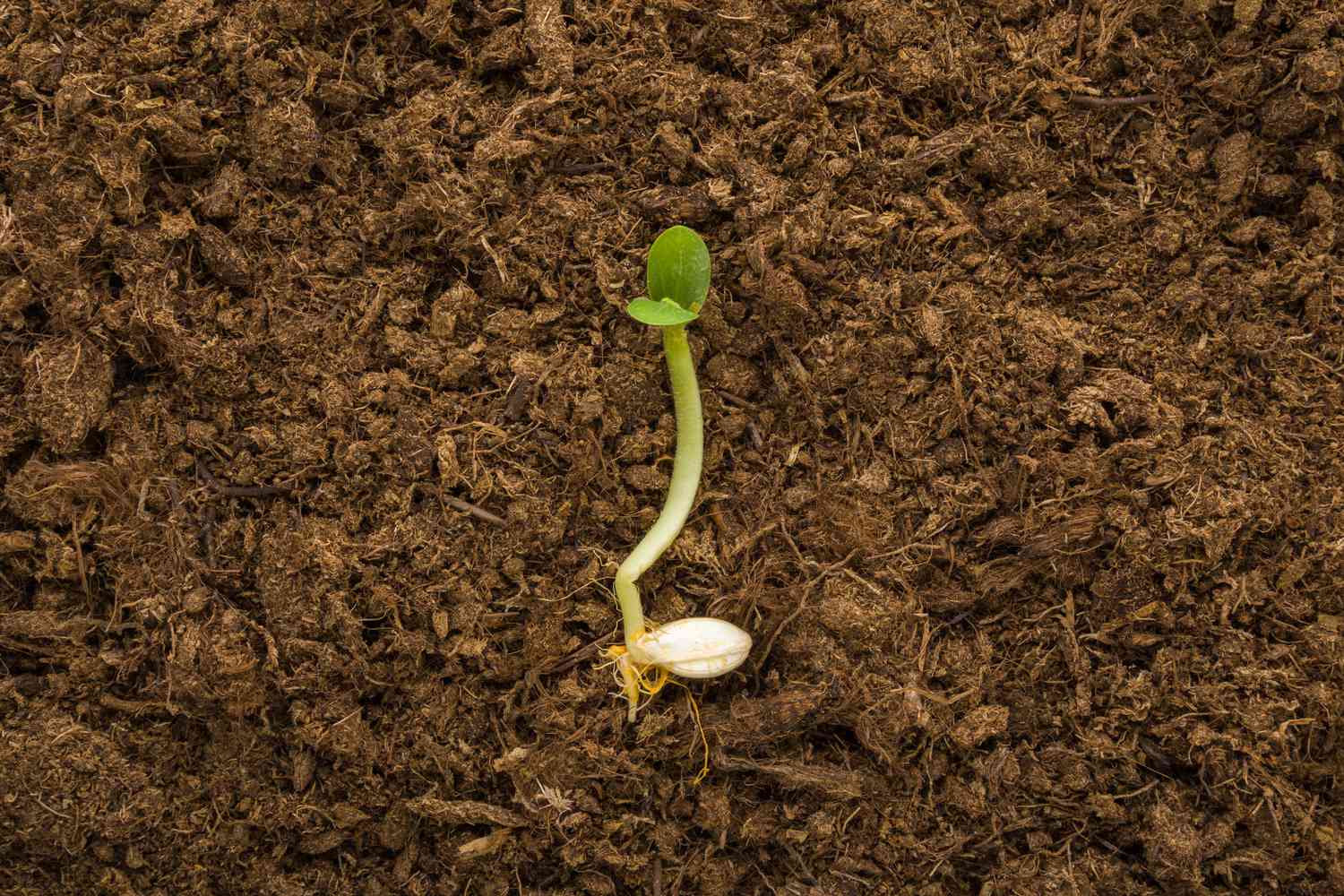
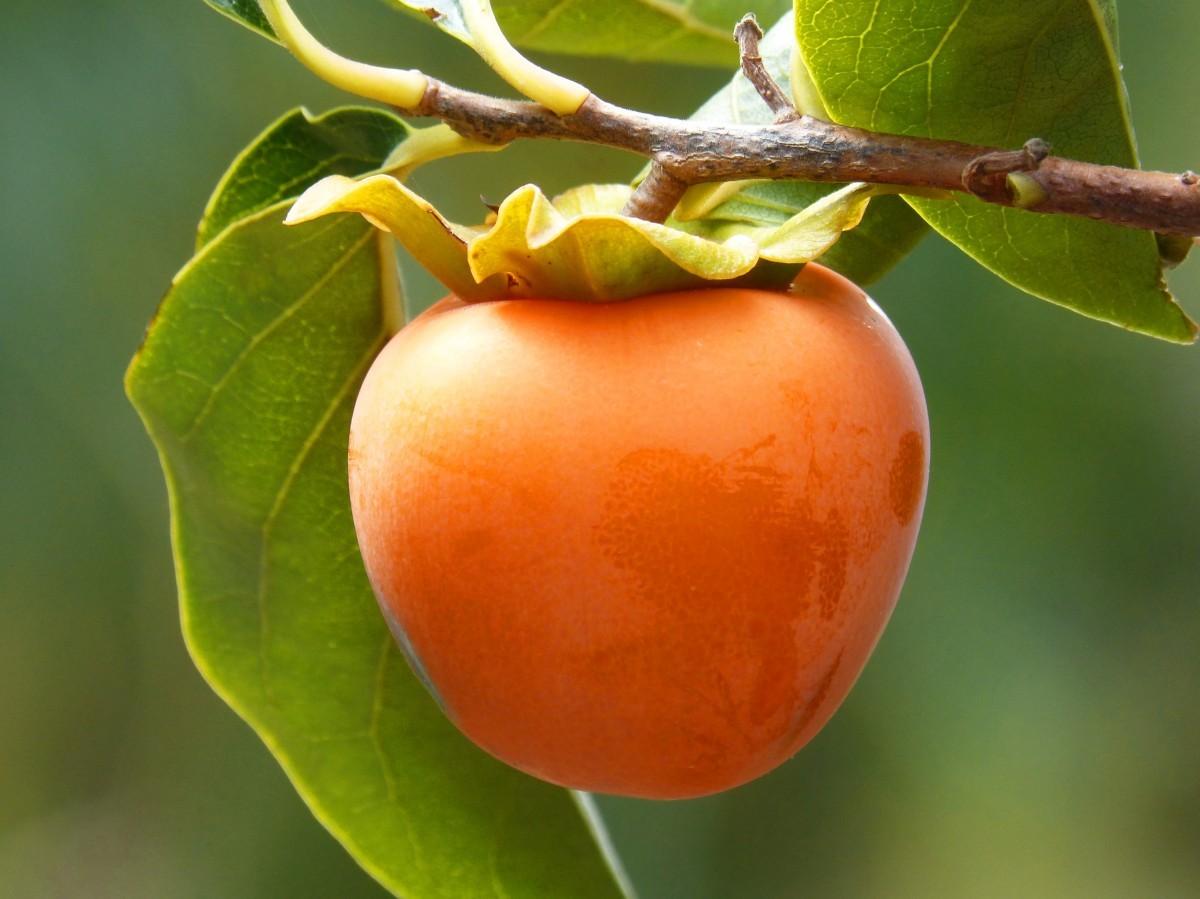
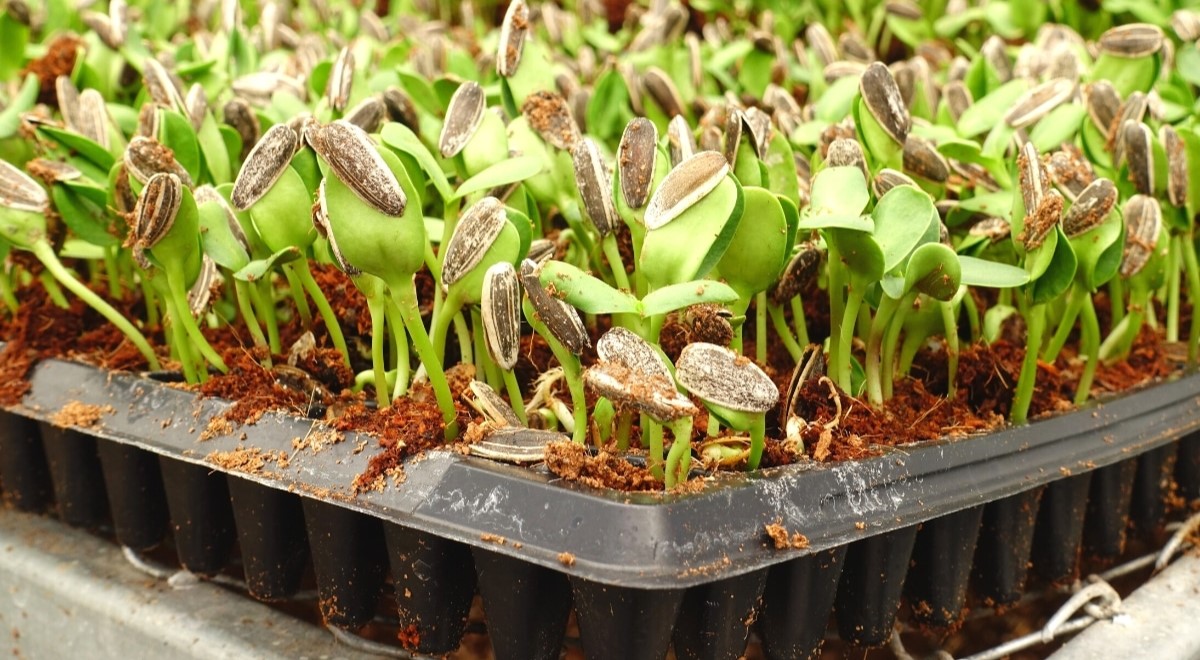
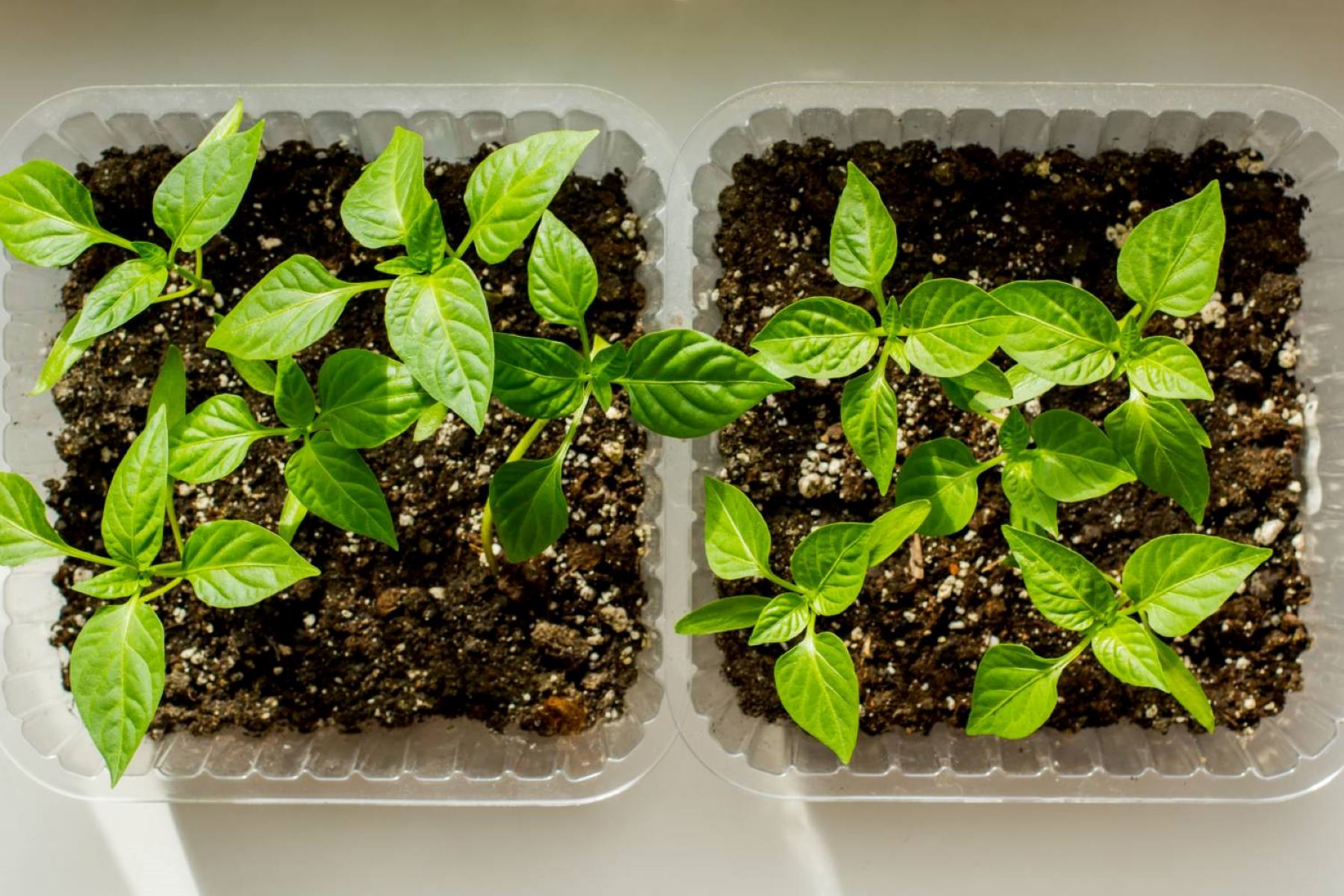
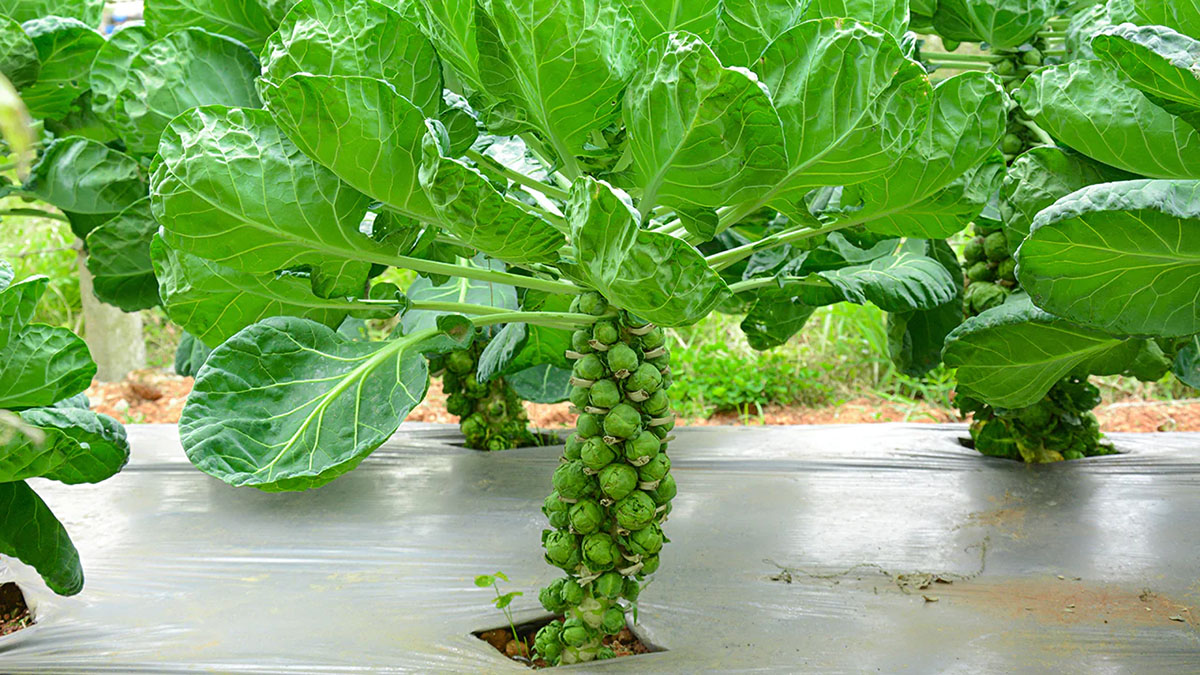
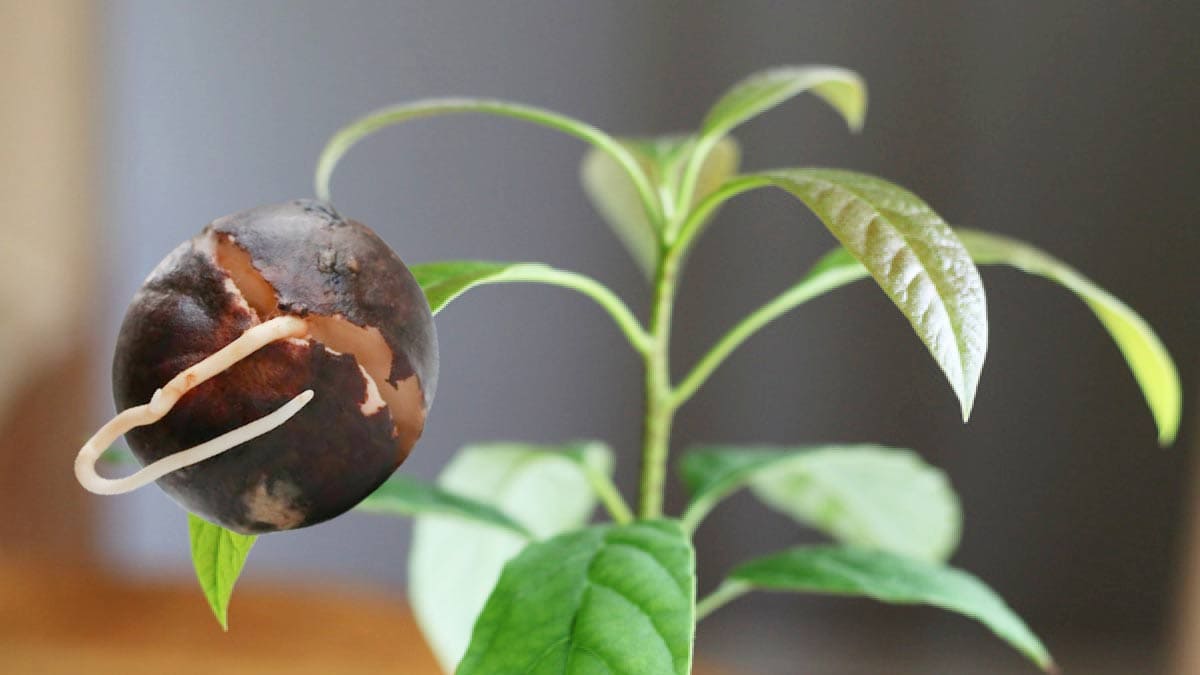
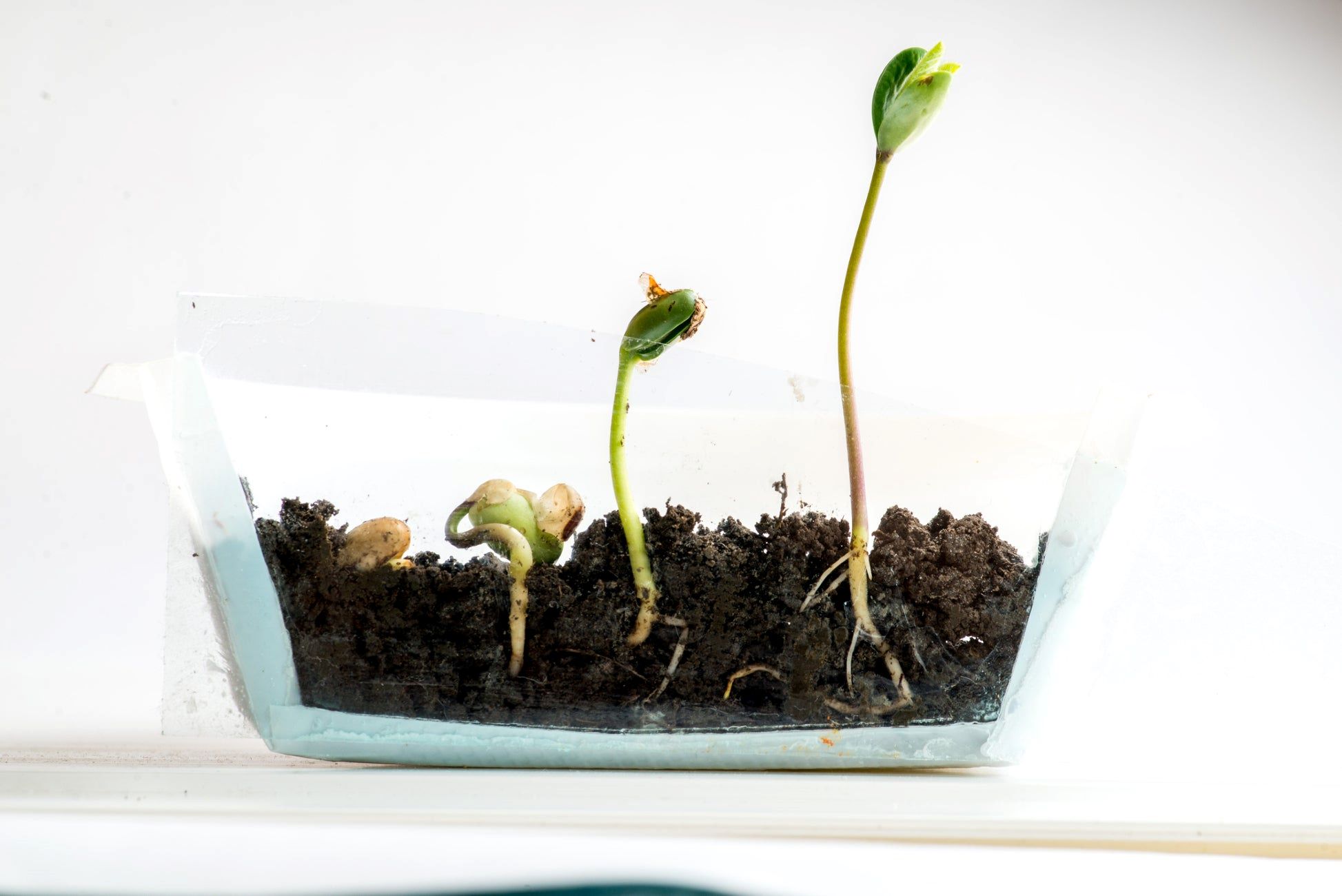
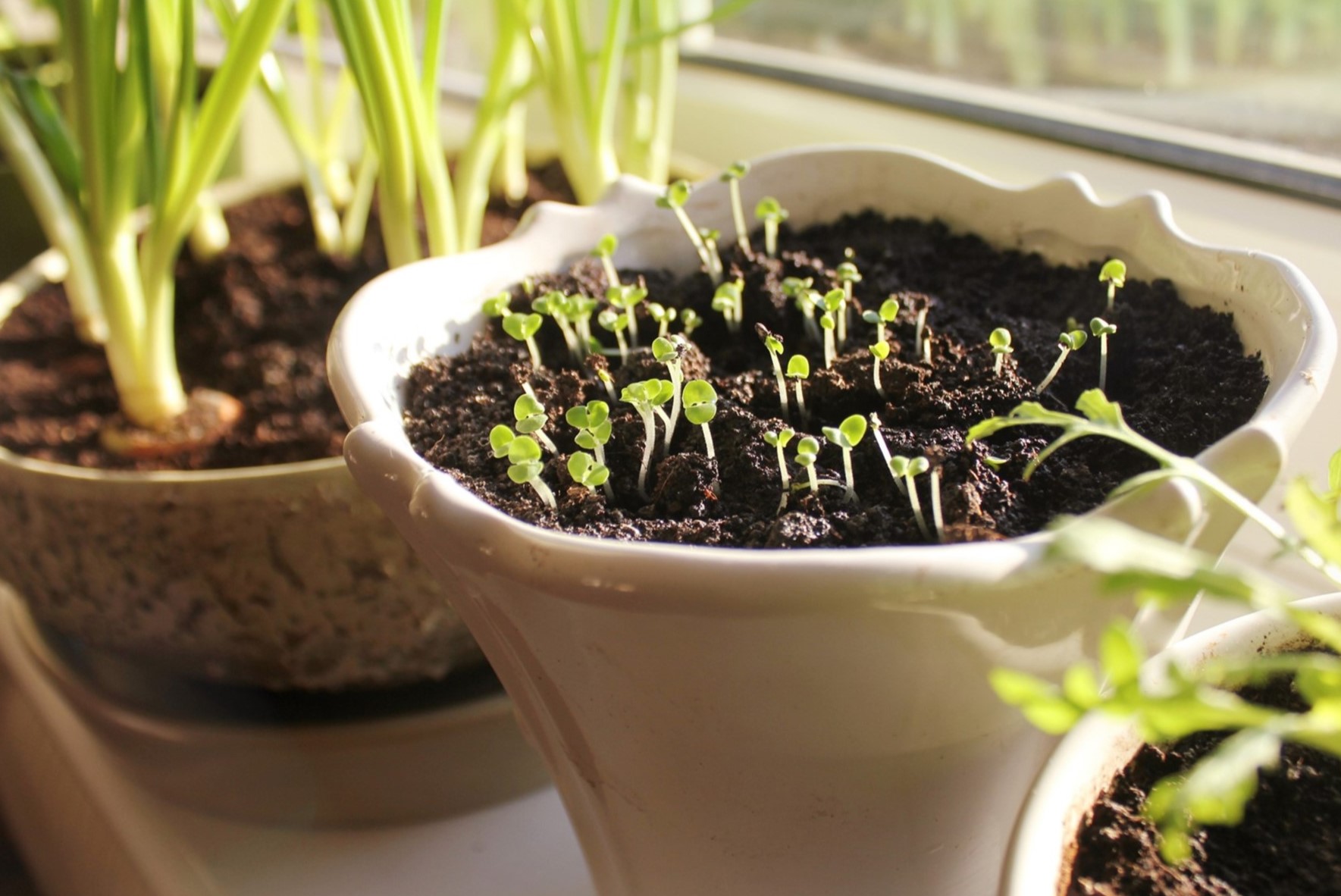

0 thoughts on “How Long Does It Take For A Jalapeno Seed To Sprout”